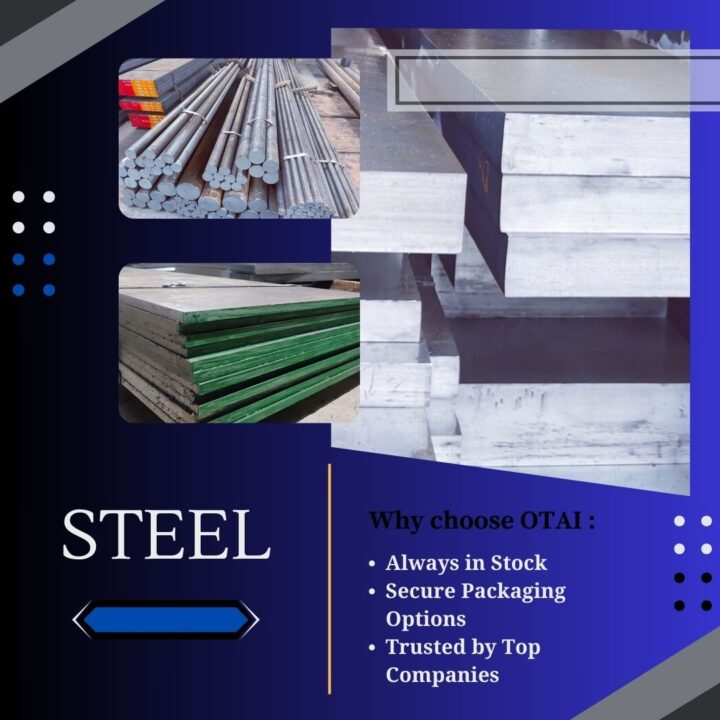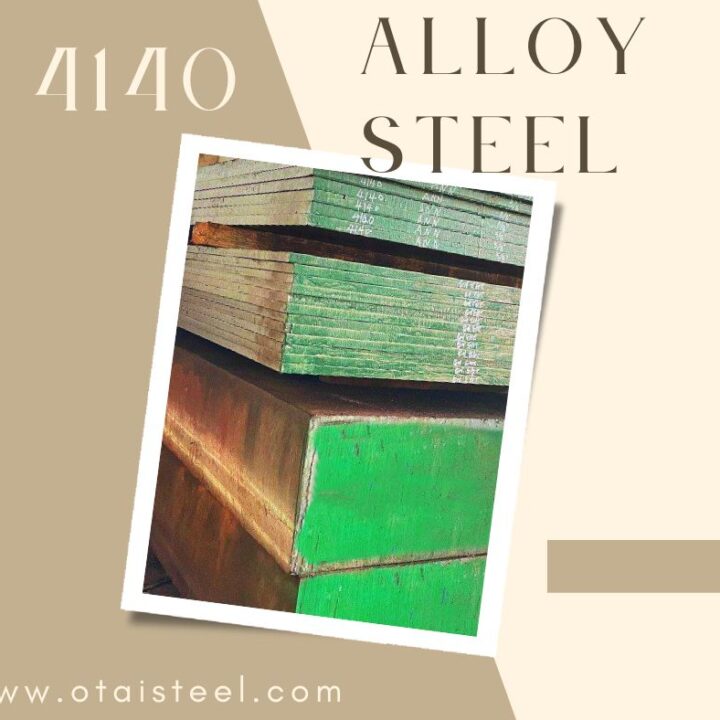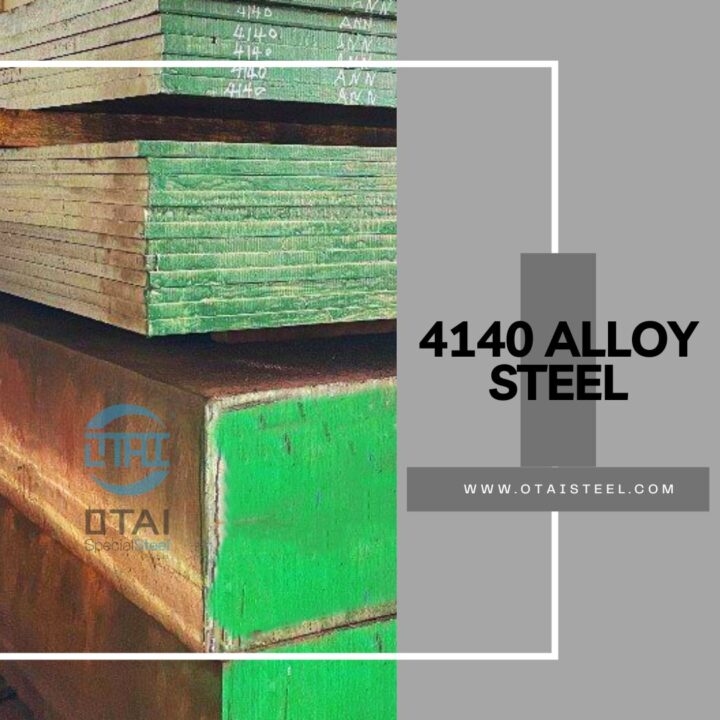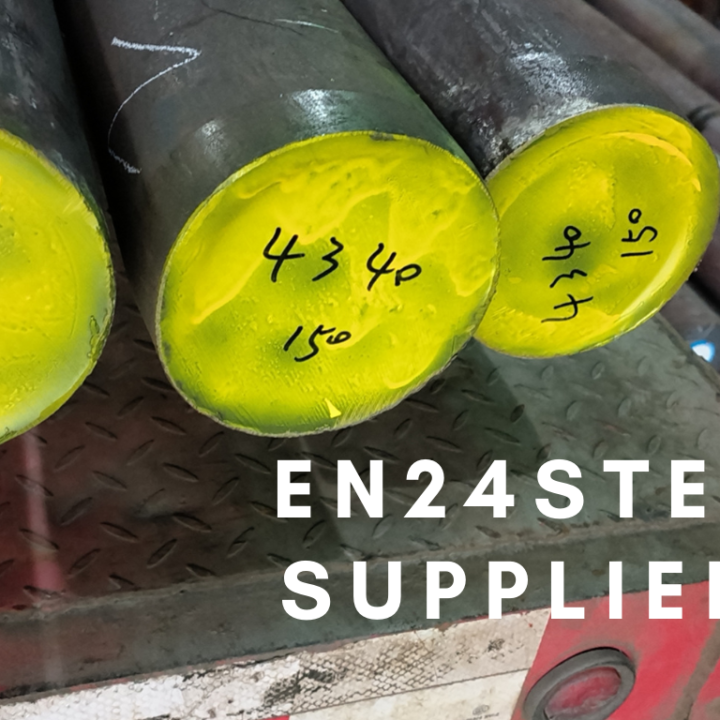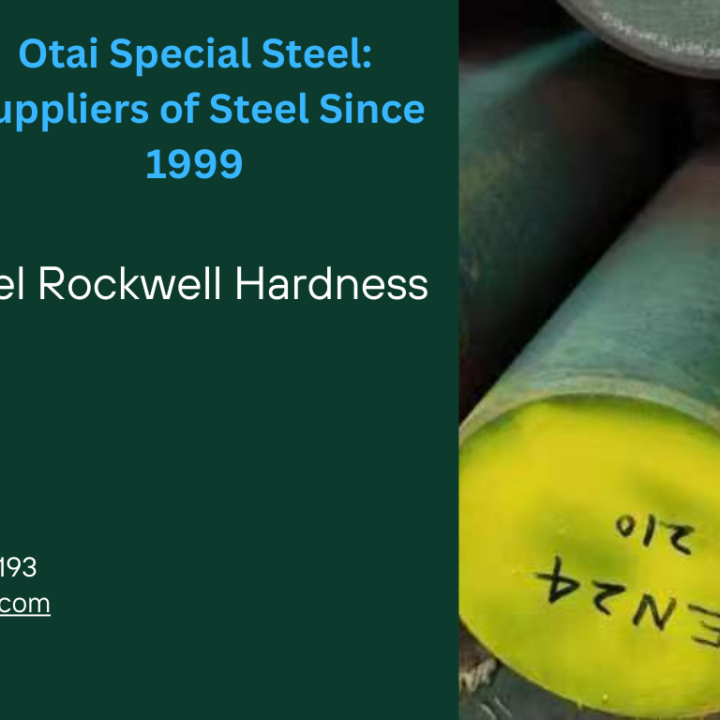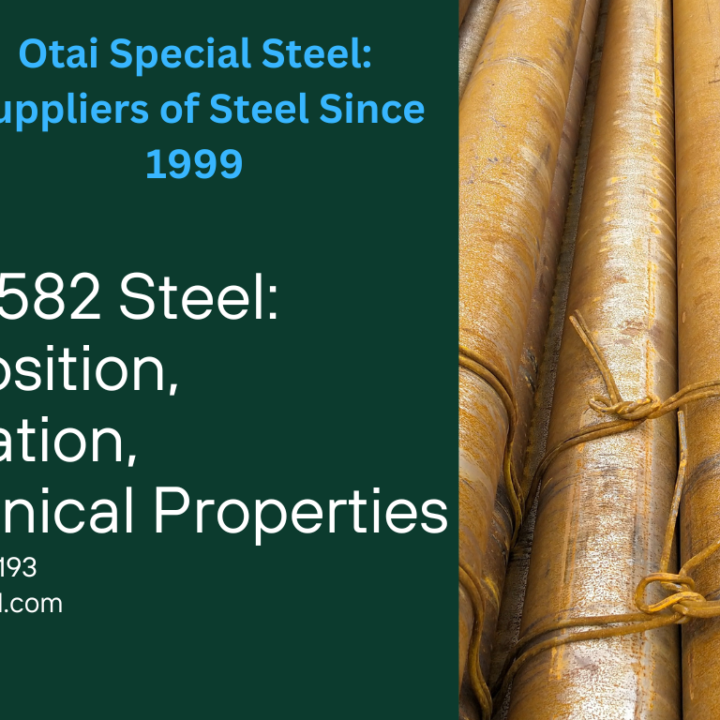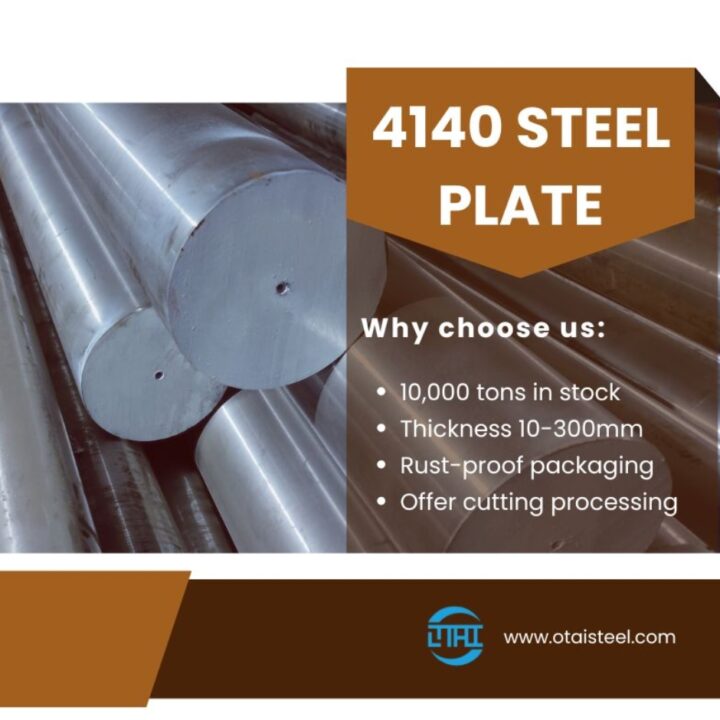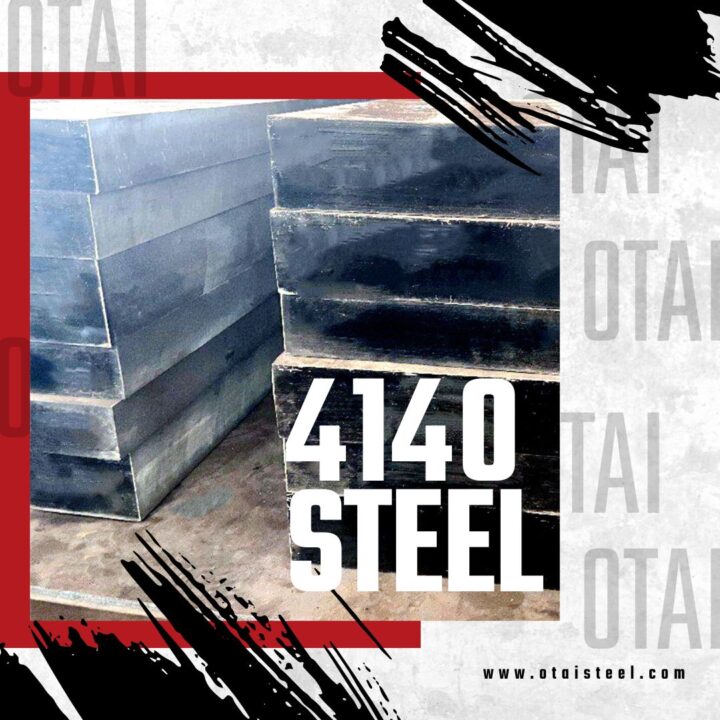Our H13 STEEL -chapter 3
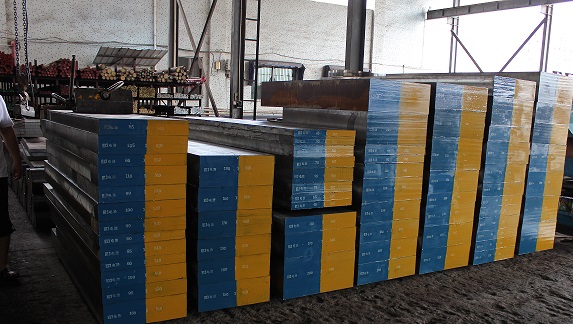
The carbon content of the steel determines the matrix hardness of the quenched steel. According to the relationship between the carbon content of the steel and the hardness of the quenched steel, it can be known that the quenching hardness of H13 steel is about 55HRC. For tool steel, part of the carbon in the steel enters the matrix of the steel and causes solid solution strengthening. Another part of the carbon will be combined with the carbide-forming elements in the alloy elements to form alloy carbides. For hot work die steel, in addition to a small amount of residual, this alloy carbide is also required to disperse and precipitate on the quenched martensite matrix during tempering to produce two hardening phenomena. Therefore, the properties of hot work die steel are determined by the uniformly distributed residual alloy carbon compounds and the structure of tempered martensite. It can be seen that the C content in steel cannot be too low.
H13 steel containing 0.5% Cr should have high toughness, so its C content should be maintained at a level that forms a small amount of alloy C compounds. Woodyatt and Krauss pointed out that on the Fe-Cr-C ternary phase diagram at 870 ℃, the position of H13 steel is better at the interface of the austenite A and (A + M3C + M7C3) three-phase region. The corresponding C content is about 0.4%. The figure also shows that increasing the amount of C or Cr makes the amount of M7C3 increase, and A2 and D2 steels with higher wear resistance are compared for comparison. It is also important to keep the relatively low C content so that the Ms point of the steel is taken at a relatively high temperature level (the general information of Ms for H13 steel is introduced at about 340 ° C), so that when the steel is quenched to room temperature An alloy cementite structure mainly composed of martensite plus a small amount of residual A and residual uniform distribution was obtained, and a uniform tempered martensite structure was obtained after tempering. Avoid the transformation of excessive retained austenite at the working temperature to affect the work performance or deformation of the workpiece. These small amounts of retained austenite should be completely transformed during two or three temperings after quenching. By the way, it is pointed out that the martensitic structure obtained after the quenching of H13 steel is lath M + a small amount of flaky M + a small amount of residual A. Domestic scholars have also done some work on the fine alloy carbides precipitated on the slab-like M after tempering.
